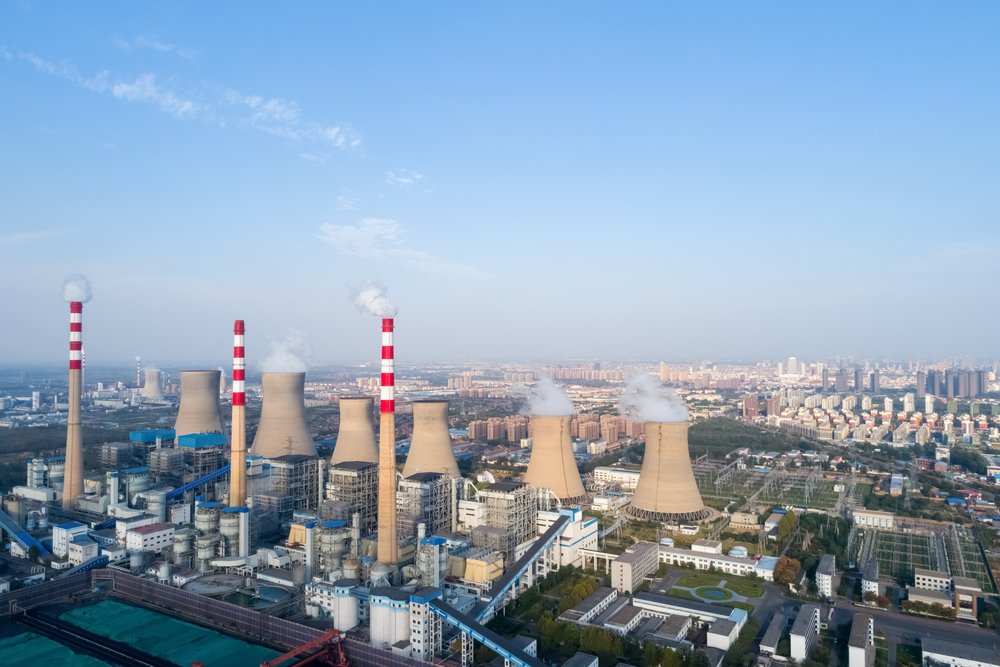China is at the center of the global climate debate. Officially, the government emphasizes its record-breaking expansion of renewable energies. At the same time, a massive coal boom is driving the electricity sector to record levels. In the first half of 2025, the country connected coal-fired power plants with a total capacity of 21 gigawatts to the grid. According to the Center for Energy and Clean Air Research (CREA), this is the highest figure for a first half of the year since 2016.
Coal boom versus energy transition
Analyst Christine Shearer emphasized: “The development of coal-fired power in China shows no signs of slowing down and will remain part of the energy system for years to come.” Experts expect over 80 gigawatts of new capacity from coal by 2025. This widens the gap between the reference to green records and the reality of an energy policy that relies heavily on fossil fuels.

According to CREA forecasts, over 500 gigawatts of wind and solar capacity could be added by 2025. This record figure distracts from the fact that a coal boom is underway in parallel, jeopardizing China’s climate goals. By comparison, Germany only managed to add 20 gigawatts in 2024, reaching a total installed capacity of 190 gigawatts.
CO2 reduction and fossil reality
An analysis by the specialist portal Carbon Brief shows that China’s CO2 emissions fell slightly in the first half of 2025. The decline was one percent, and in the energy sector even three percent. “China’s clean energy boom is driving economic growth and decarbonization, but the continued expansion of coal is also wasting investment,” emphasized Crea analyst Qi Qin.
Nevertheless, Beijing’s energy policy relies on coal whenever renewable energy supplies are insufficient. Critics point out that the plants are hardly flexible, but predominantly run at full capacity. In the first half of 2025 alone, the government approved new projects with a capacity of 25 gigawatts. In addition, applications for 75 gigawatts have been submitted – a clear signal that fossil fuels continue to be a priority.
Strategic time frame until 2030
There’s a clear strategy behind this development. Operators are taking advantage of the 2030 window of opportunity, as China’s climate targets stipulate peak emissions by then. However, the targets in the next five-year plan remain open. The only certainty is that the global energy transition will depend crucially on energy policy in Beijing.
China thus presents itself as a country of contradictions. On the one hand, it is driving the global energy transition forward through record-breaking renewable energy. On the other hand, it is tying billions into new coal projects that will last for decades. While the global community reaffirmed its coal phase-out in Glasgow, China is simultaneously focusing on green records and a coal boom that is strengthening fossil fuels and calling climate targets into question.
